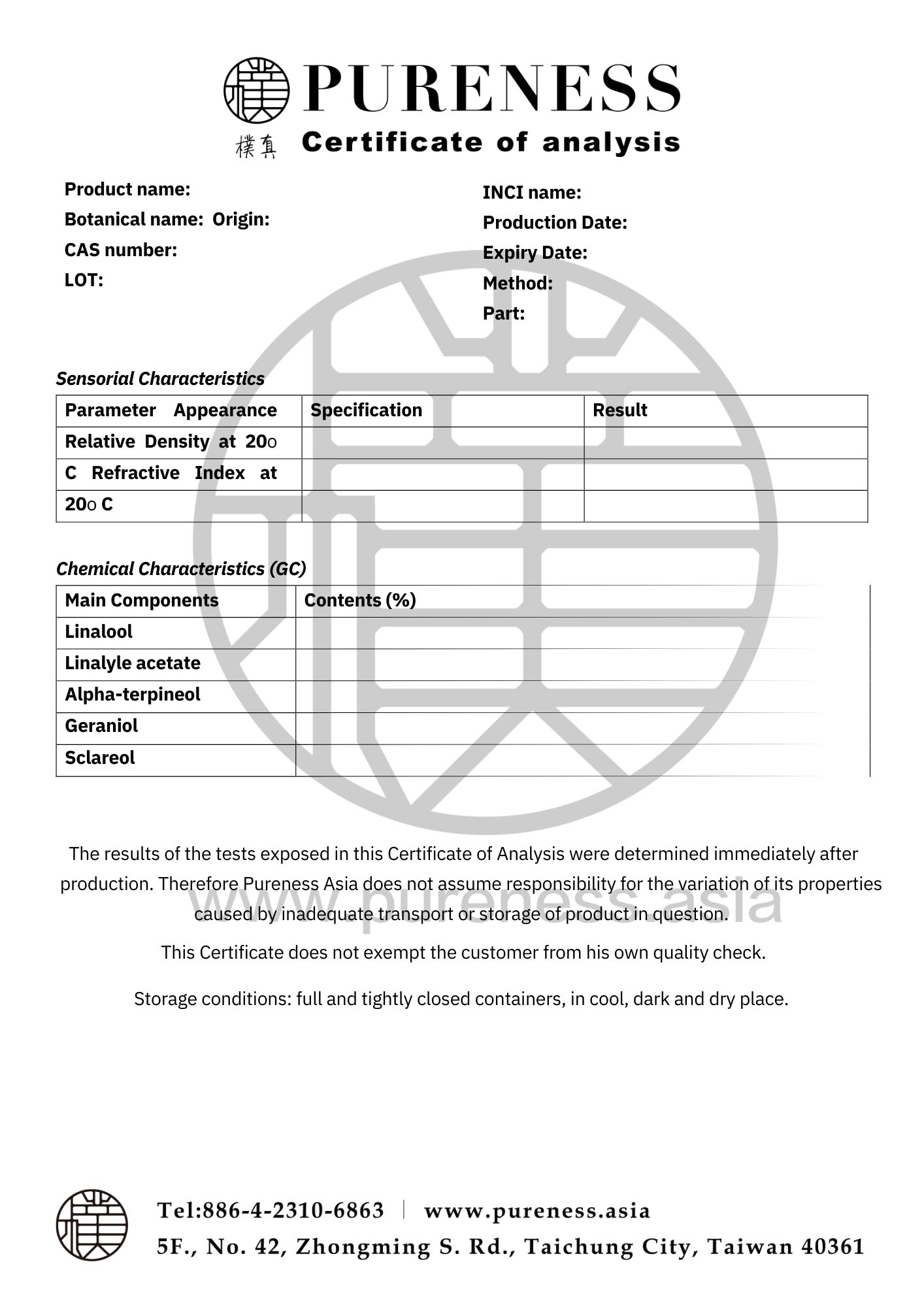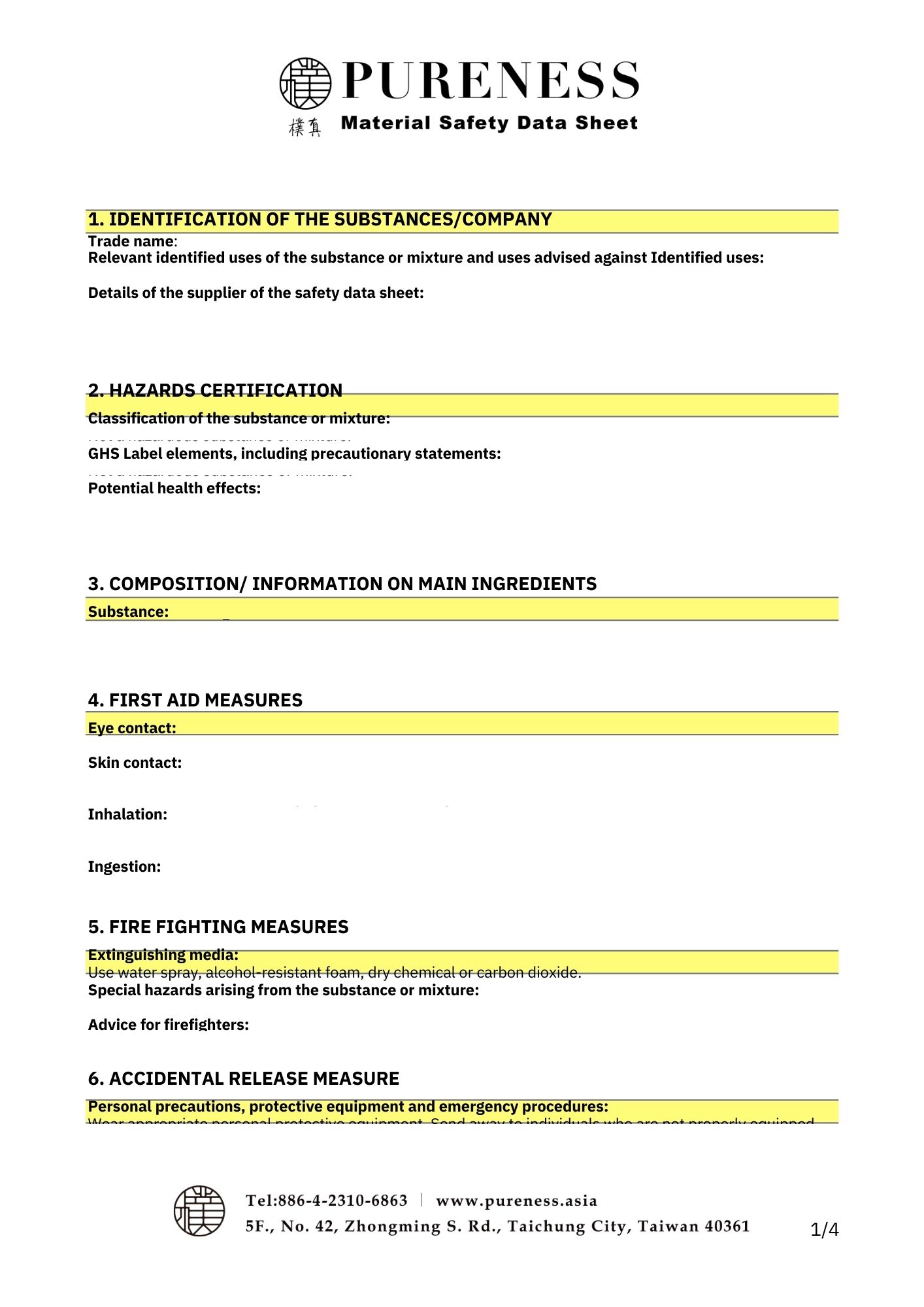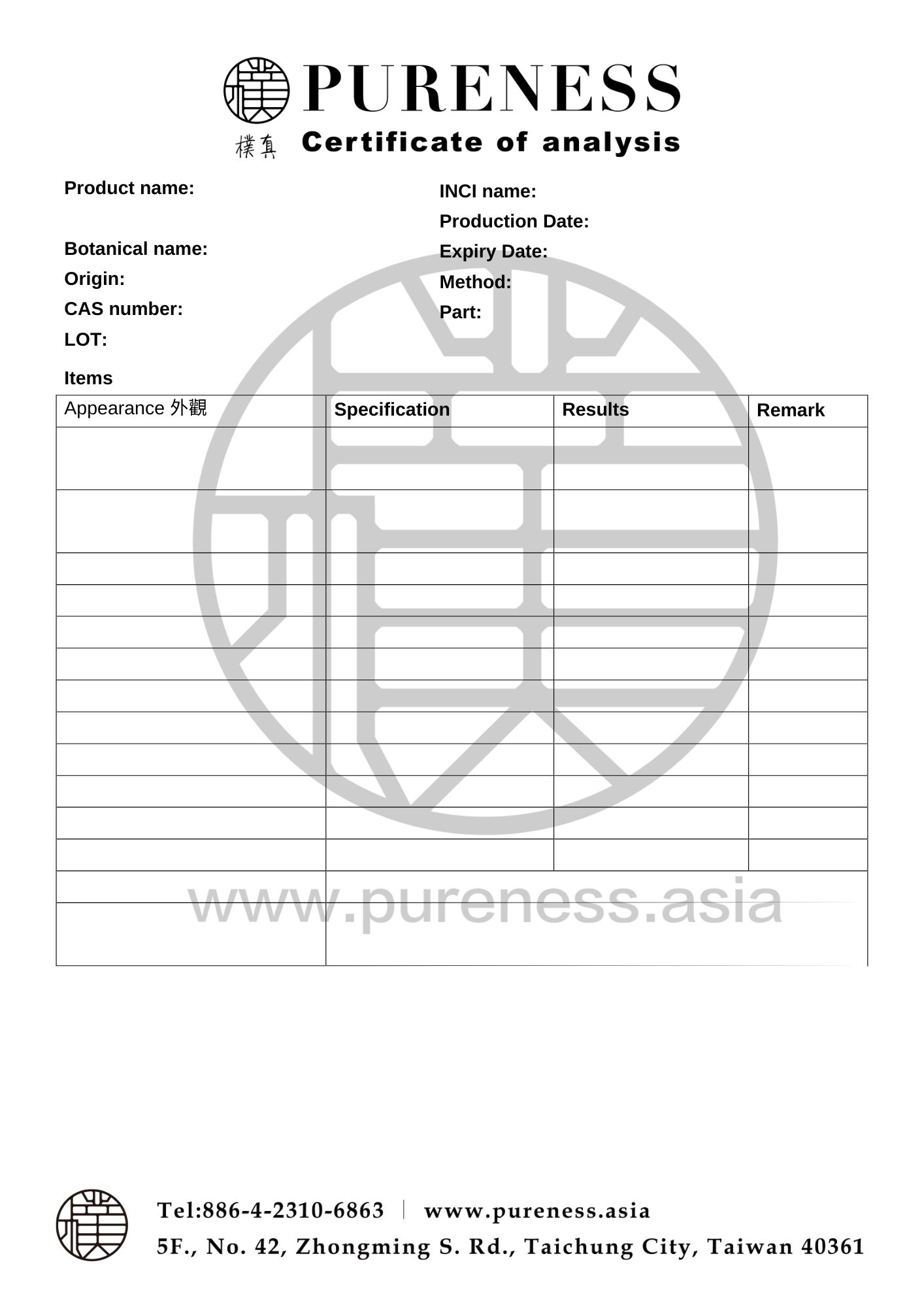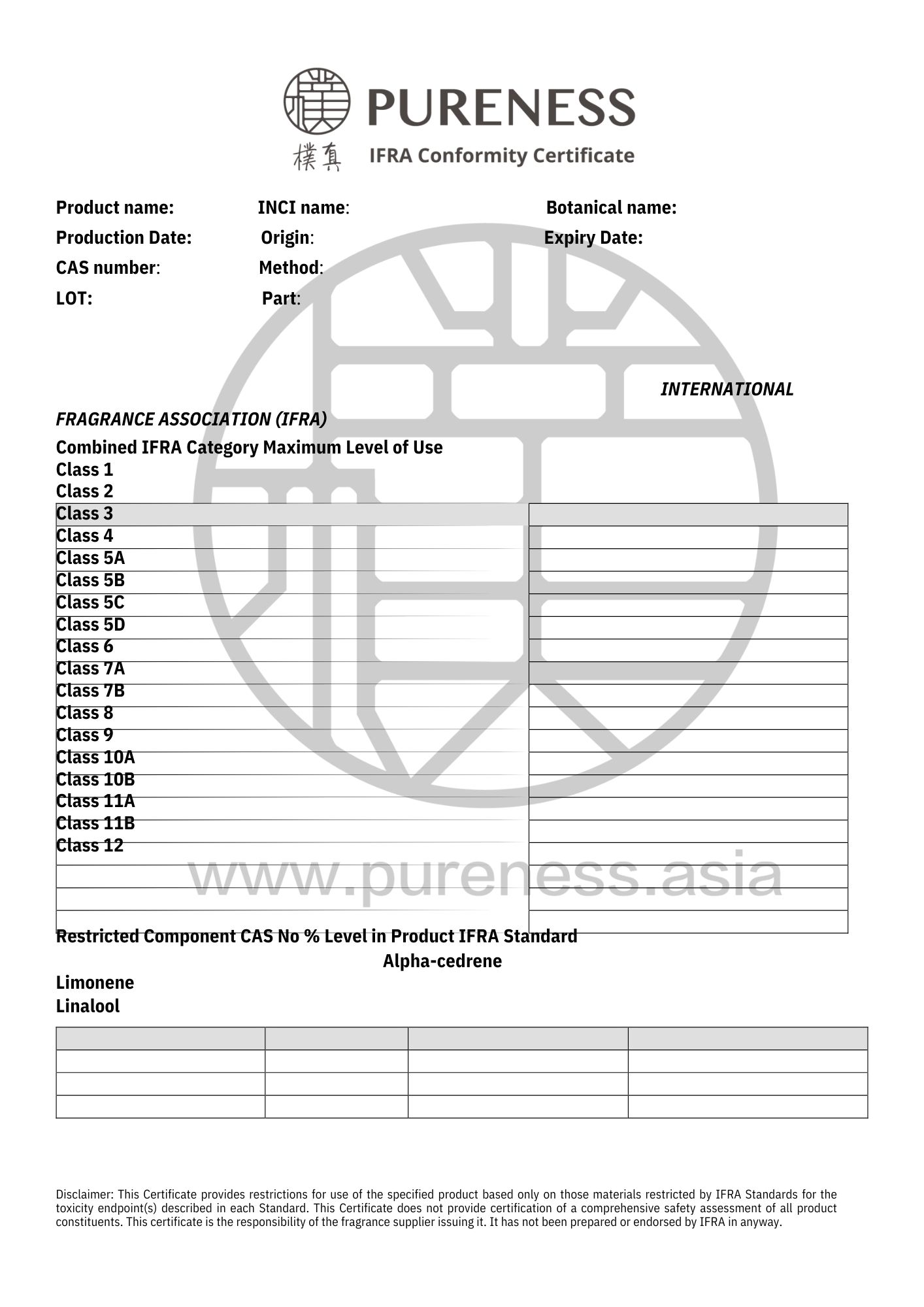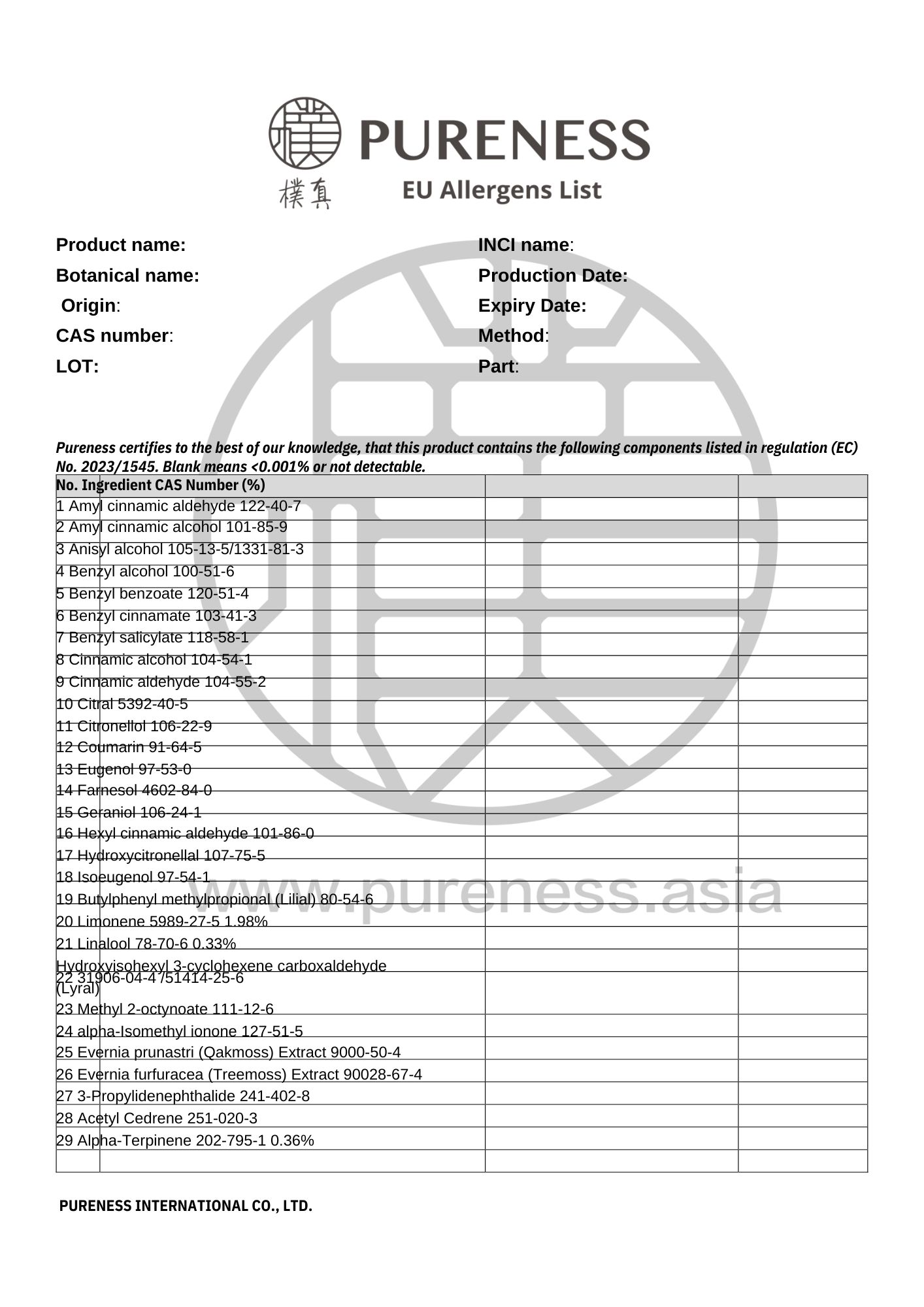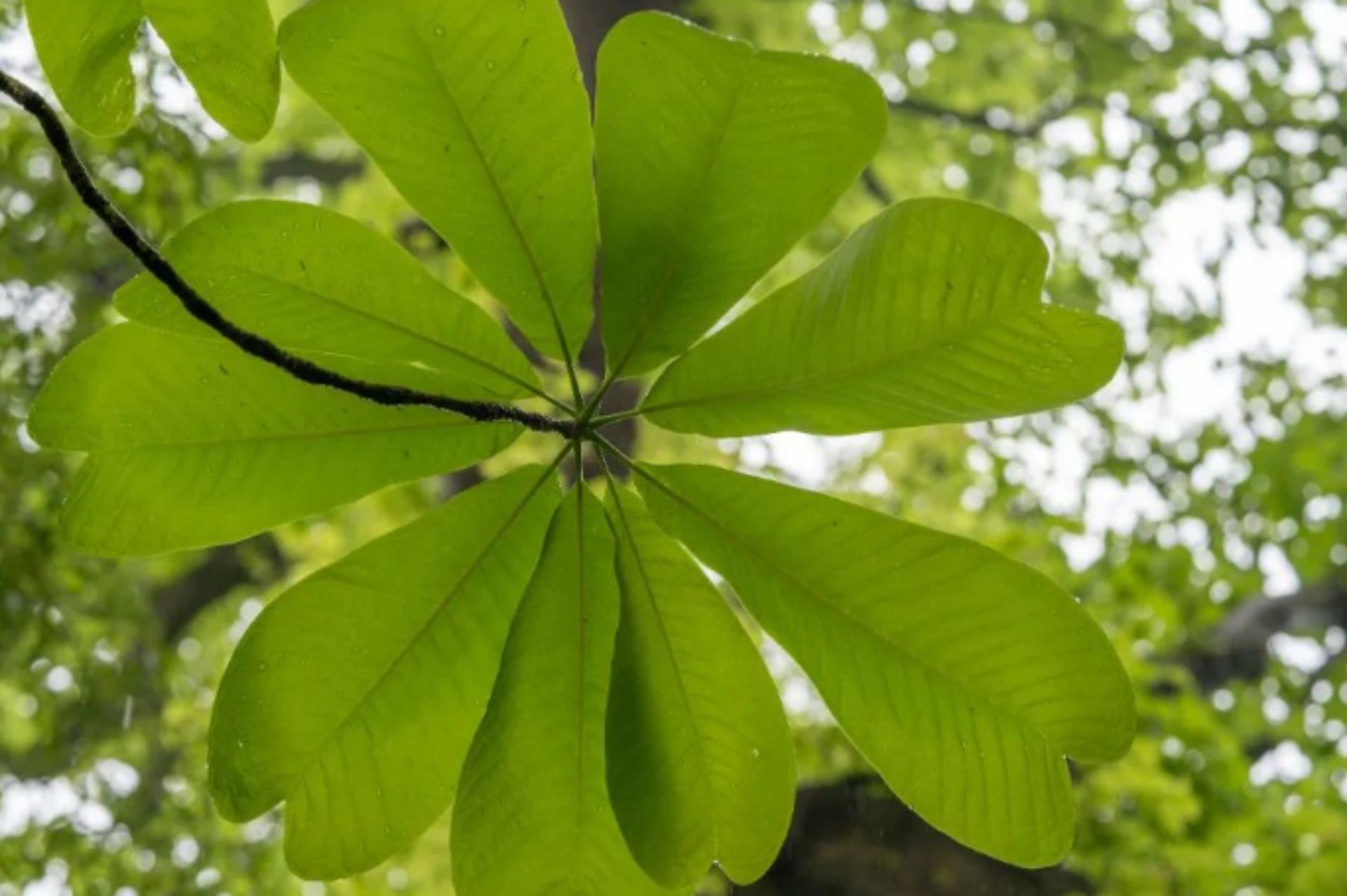
Houpo
Scientific name|Magnolia officinalis
Origin|China
Classification|Wood series
Specifications|500g-25kg Please contact sales for details
Extraction part|Tree bark
Extraction method | Co2
Plant family|Magnoliaceae
Aroma|Rich woody aroma, with a hint of spiciness and bitterness
▎Essential Oil Introduction
Houpo , also known as thick bark, red bark, fierce bark, or Sichuan bark, is a deciduous tree that can grow up to 25 meters tall. It has fragrant bark, large leaves, and aromatic milky-white flowers. Houpo is native to China, growing in mountainous areas, but is now planted worldwide as an ornamental tree. Its bark can be collected in spring, harvested from April to June. Root and branch bark are directly dried in the shade. The dried bark is briefly boiled in water, then piled in a damp place until it sweats and the inner surface turns purple-brown or brown. It's then steamed soft, taken out, rolled into tubes, and dried.
The bark of Houpo contains alkaloids, coumarins, flavonoids, and lignans. One of the lignans found in the bark of Magnolia family plants is called magnolol. There's a North American species, like the M. grandiflora, which is a related species and is used in similar ways to Houpo.
▎Component Analysis
|Main component: Sesquiterpenols
Houpo contains a wide range of components, with sesquiterpenol and sesquiterpene, as well as β-eugenol hydroxide as the main components. It is used in spleen meridian formulas to regulate qi, dry dampness, and relieve bloating. The volatile compounds of Houpo can stimulate the taste buds, which in turn promote the secretion of saliva and gastric juices. Additionally, it contains magnolol, honokiol, and small amounts of alkaloids, among other components.
|Research Validation

▸ Research has shown that Houpo bark extract is associated with regulating CB1 receptors, exhibiting anxiolytic-like activity and neuroprotective effects.

▸ Research has shown that Houpo has long-term effects on kainic acid-induced status epilepticus in immature rats.
|Raw Material Certifications
To obtain relevant certification information, please contact us on WhatsApp.
▎References
- Kim H, et al. Magnolia officinalis and Its Honokiol and Magnolol Constituents Inhibit Human Norovirus Surrogates. Foodborne Pathog Dis. 2021. Jan;18(1):24-30.
- Niu L, et al. The rich pharmacological activities of Magnolia officinalis and secondary effects based on significant intestinal contributions. J Ethnopharmacol. 2021. Dec 5;281:114524.
- Vu VT, et al. New oligomeric neolignans from the leaves of Magnolia officinalis var. biloba. Chin J Nat Med. 2021. Jul;19(7):491-499.
- Borgonetti V, et al. A honokiol-enriched Magnolia officinalis Rehder & EH Wilson. bark extract possesses anxiolytic-like activity with neuroprotective effect through the modulation of CB1 receptor. Jivity with neuroprotective effect through the modulation of CB1 receptor. J Pharm Pharmacol. 2021732020 P023202 P0202020 P0202020 P. 1161-1168.
- Tian H, et al. The Therapeutic Effects of Magnolia Officinalis Extraction on an Antibiotics-Induced Intestinal Dysbacteriosis in Mice. Curr Microbiol. 2020. Sep;77(9):2413-2421.
- Vega-García A, et al. Magnolia officinalis Reduces Inflammation and Damage Induced by Recurrent Status Epilepticus in Immature Rats. Curr Pharm Des. 2020. ;26(12):1388-1401.
- Vega-García A, et al. Magnolia officinalis reduces the long-term effects of the status epilepticus induced by kainic acid in immature rats. Brain Res Bull. 2019. Jul;149:156-167.
- Sarrica A, et al. Safety and Toxicology of Magnolol and Honokiol. Planta Med. 2018. Nov;84(16):1151-1164.
- Schifano F, et al. Is there a potential of misuse for Magnolia officinalis compounds/metabolites? Hum Psychopharmacol. 2017. May;32(3).
|Some images sourced from the internet. Contact for copyright removal|
